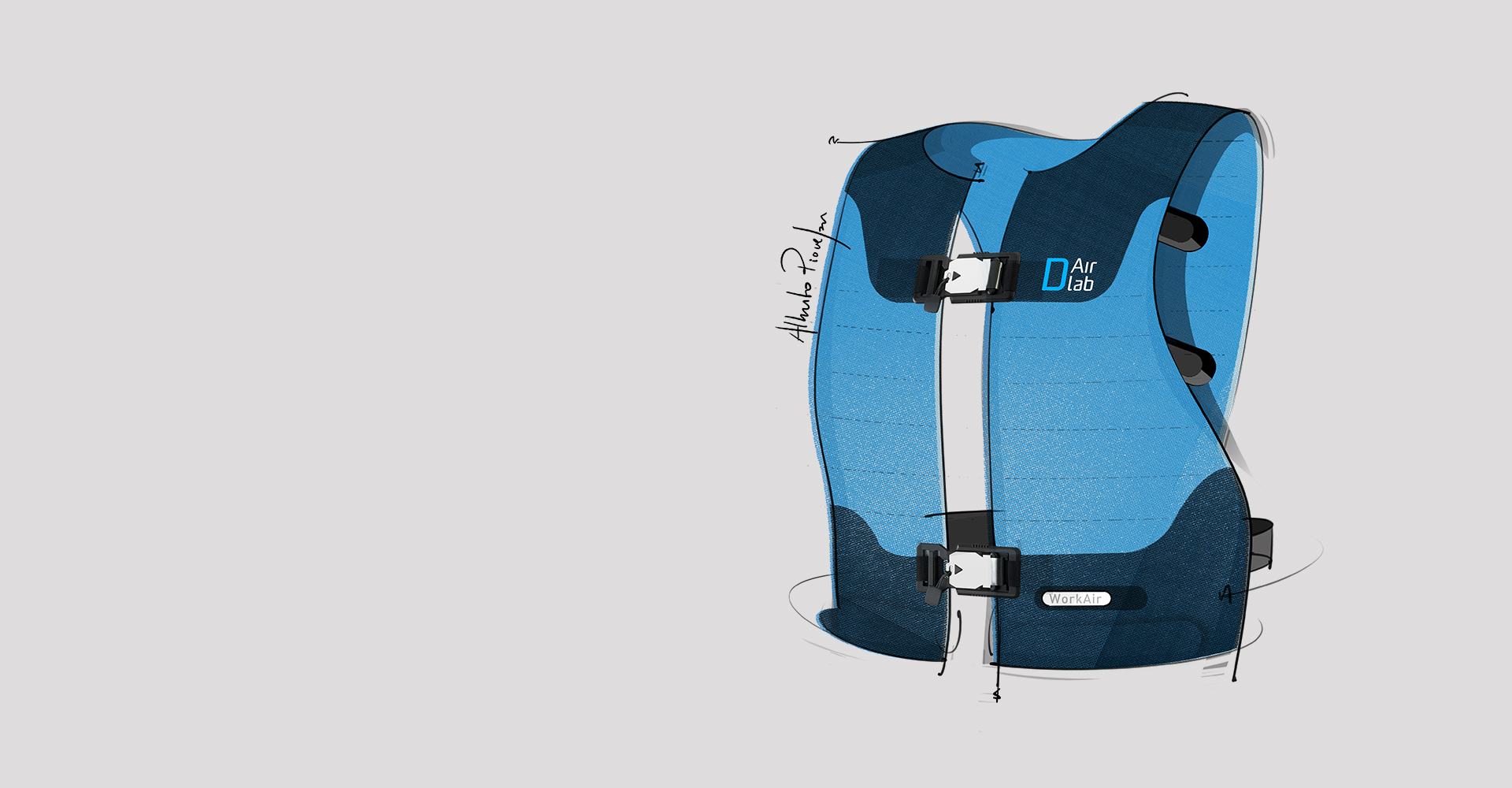Falls from a height are among the most serious accidents for workers and can often even prove to be fatal. That is why it is essential to guarantee the safety of anyone performing so-called work at height, complying with the applicable legislation and using the right precautions.
So, what precisely does work at height mean? Which activities are included in this definition and which ones are not? Lastly, what are the requirements of the applicable legislation and which protective equipment must be used to avoid endangering workers’ health? In this article, we will discover everything there is to know about working at height: the definition, the obligations and prevention!
Contents:
- Definition of work at height
- What activities are considered to be work at height
- What activities are not considered to be work at height
- What is the applicable legislation for work at height
- What equipment must be used to prevent accidents when working at height
Definition of work at height
Work at height means work that exposes the worker to the risk of falling from a height that is at least two metres above a stable surface. This definition is established by Article 107 of Italian Legislative Decree no. 81/2008, also known as the Occupational Health and Safety Laws Consolidation Act.
In order to have a better understanding of what work at height means, we also need to answer a second question: what is a stable surface? Although the legislation does not provide a precise definition, in practice a surface is considered “stable” when it cannot suffer any effect from the force of gravity, such as the ground or the floor of a building. In contrast, scaffolding cannot be considered stable when it is being assembled, as it is a provisional installation. The worker assembling it is therefore exposed to the risks associated with working at height.
What activities are considered to be work at height
So, which activities are actually considered to be work at height? Article 105 of the Consolidation Act provides an answer to this question as well. Here are several examples:
- activities performed on scaffolding, ladders or roofs
- demolition or dismantling work
- installation or maintenance of power lines
- excavation work at depths greater than 2 metres
- assembly or disassembly of prefabricated constructions for building or civil engineering work
- defoliation or forestry work
- securing of rock faces
What activities are not considered to be work at height
Similarly, the legislation also provides a list of activities that are not considered to be work as height, such as:
What is the applicable legislation for work at height
All of these activities are therefore subject to specific regulations on prevention of accidents in the workplace: the applicable legislation is once again Italian Legislative Decree no. 81/2008, in Title IV. In particular, the employer’s obligations are established, which include:
- providing the worker with PPE and appropriate training
- ensuring that the worker uses the PPR correctly
- having work at height performed only if the weather conditions do not endanger the worker’s safety
Similarly, the worker has the obligations of:
- operating in compliance with the employer’s instructions
- using the PPE correctly
- taking the training courses provided by the employer
These are not the only obligations laid down by the legislation, which is much more complex. Further details are provided in this article if you want to find out more.
What equipment must be used to prevent accidents when working at height
As can be imagined, a huge range of protective equipment exists and can be categorised in various ways. In particular, this equipment is divided into:
- Collective protective equipment, which seeks to eliminate the risk at source, such as metal scaffolding, railings or safety nets
- Personal protective equipment, also called PPE, to be used when the collective protective equipment is not sufficient to eliminate the risk. This includes helmets, harnesses or anchoring devices.
These are just examples, and much more equipment exists. This article provides more information on what this equipment is and when it should be used.
It is perhaps a little-known fact that the PPE that can be used for work at height also includes airbags: D-Air Lab has, in fact, developed WorkAir, which applies the Smart Clothing technology originating from the expertise of Dainese to the world of work. This is the first range of airbags to be industrialised and certified as Personal Protective Equipment, as it is able to efficiently protect the back and the chest, with its vital organs, while still being lightweight, comfortable and ergonomic. Contact our consultants to find out more!





